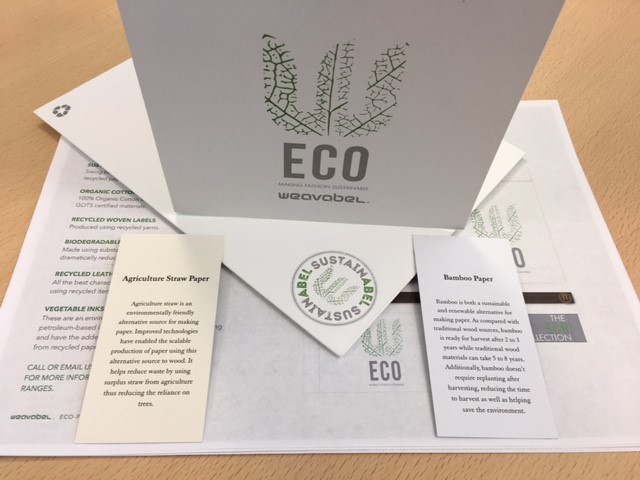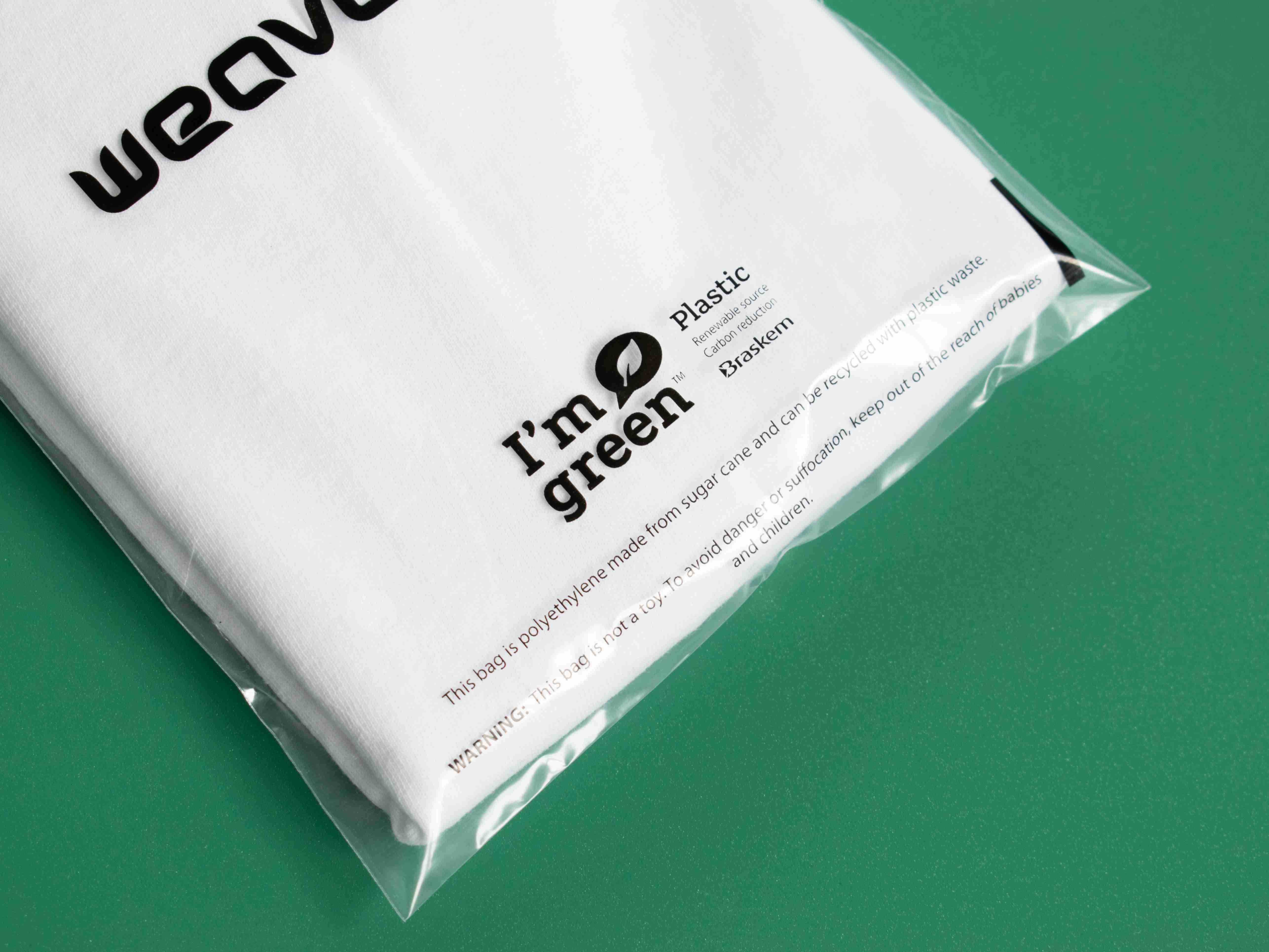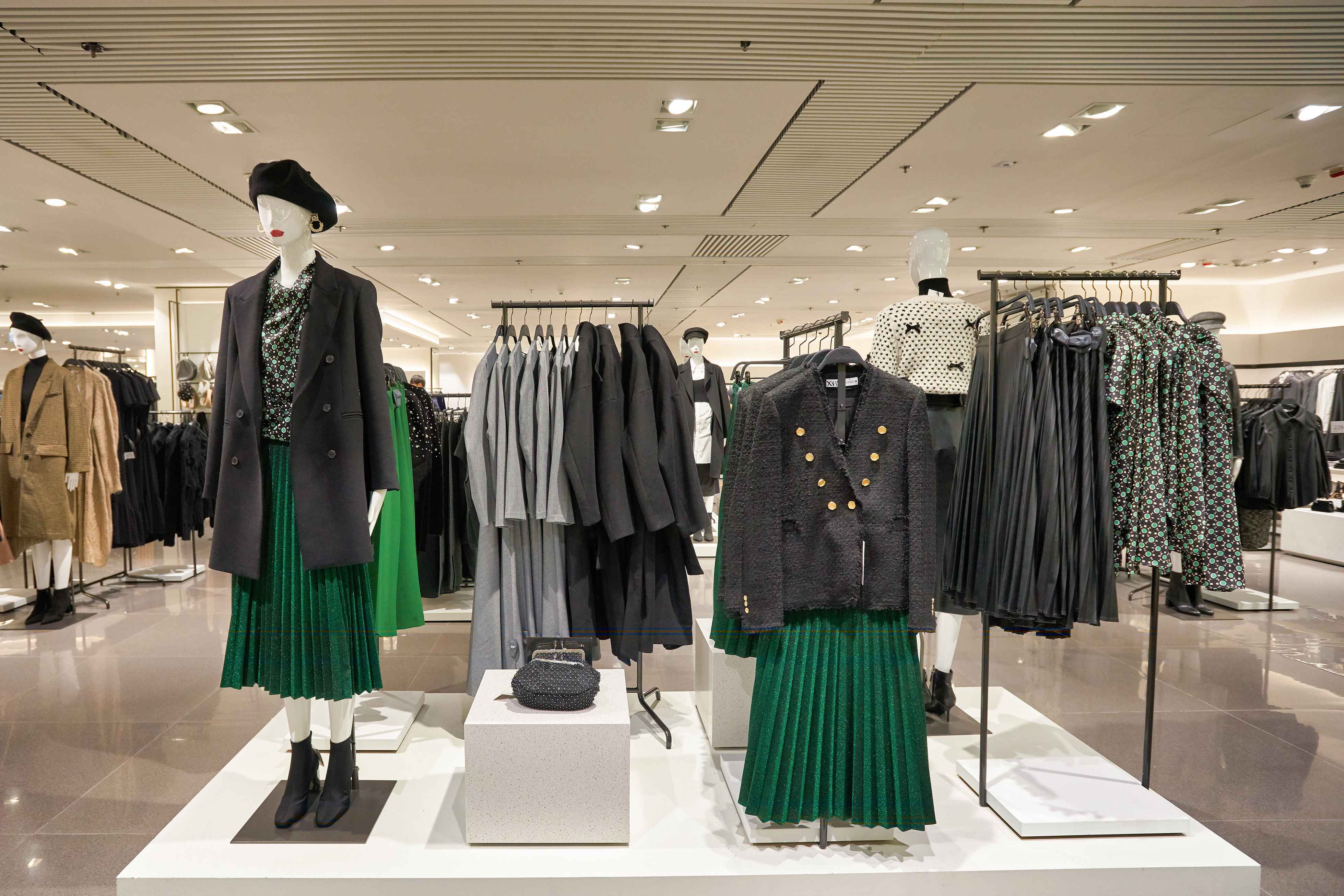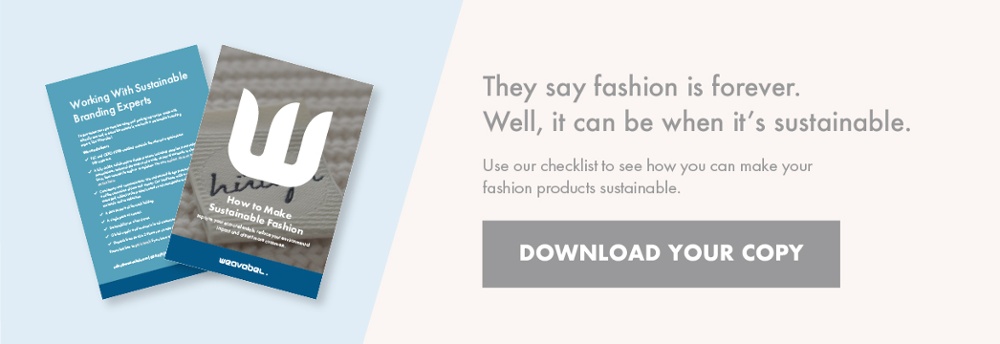How Is the Circular Fibres Initiative Impacting Sustainability in Fashion?
We investigate how the circular fibres initiative aims to transform the take-make-waste model most of the fashion industry currently operates.

It’s estimated that more than half of fast fashion produced is disposed of in under a year, with less than 1% of old clothing being turned into new clothes. As the fashion industry is held to account and the need for sustainability increases, the term ‘circularity’ is gaining traction and, more importantly, producing results.
As part of the circular fashion economy, the circular fibres initiative was created. With aims to transform the industry for the better, could this model answer all of the apparel market’s problems?
What Is the Circular Fibres Initiative?
Based on the fundamental principles of the circular fashion economy, the circular fibres initiative was created by the Ellen MacArthur Foundation, a charity committed to creating a circular economy, to phase out the negative impacts of the fashion pipeline at the root source.
The core idea of the circular fibres initiative is that more quality textiles are produced, are used for longer and are more suitable for recycling and reuse. When raw materials need to be used, there should be an increased focus on minimising the use of harmful resources, such as fossil fuels and chemicals, opting for renewable sources as much as possible.
Why Was It Set Up and What Are the Objectives?
As it stands, the fashion industry moves almost entirely in a linear way, with large amounts of waste at every stage in the pipeline. One truckload of clothing is burnt or landfilled every second and with more than two tonnes of clothing purchased each minute in the UK, the fashion industry currently shows no signs of slowing down.
This take-make-dispose model dominates the industry and has made the need for change apparent. That’s where the circular fibres initiative comes in.
“[The circular fibres initiative] aims to catalyse change across the industry by creating an ambitious, fact-based vision for a new global textiles system, underpinned by circular economy principles, that has economic environmental and social benefits, and can operate successfully in the long term.” — Dame Ellen MacArthur
Although waste is one of the main focuses of the circular fibres initiative, the negative societal impact of the current linear fashion model cannot be ignored. Textile workers often work in dangerous conditions for minimal pay and specific geographical locations suffer massively from the environmental fallout of the fashion industry.
The below model outlines the main ambitions for a new fashion economy, as outlined in the Ellen MacArthur Foundation A New Textiles Economy Report.
Credit: Ellen MacArthur Foundation
- Phase-out substances of concern and microfibre release: Ensure material input is safe, minimising the risk of negative impacts during the production, use and consumption stages.
- Transform the way clothes are designed, sold and used to break free from their increasingly disposable nature: Increasing the average number of times clothes are worn, designing and producing clothes of higher quality and increasing brands introducing initiatives such as rental repair and resale.
- Radically improve recycling by transforming clothing design, collection and reprocessing: Capture the value in clothes that can no longer be used by considering recycling at the design stage, increasing technological innovation to improve the quality of recycling, stimulating the demand for recycled materials and implementing clothing collection at scale.
- Make effective use of resources and move to renewable inputs: The need for raw materials should be dramatically reduced through the previous three initiatives. However, there will still be some need for raw materials. Ensure raw materials require fewer resource inputs such as plastics, fossil fuels, chemicals and water and those that need to be used are renewable.
Which Retailers Are Onboard?
One of the key contributors to the circular fibres initiative is H&M. The global fashion giant aims to source exclusively sustainable materials by 2030 and become ‘climate positive’ by 2040. They already have several circular fashion initiatives in place, ranging from recycling and biodiversity to climate actions and the responsible sourcing of raw materials.
Nike is another key contributor to the circular fashion movement. They’ve focused on design to help encourage circularity right at the start of the process. They’ve collaborated with A-Cold-Wall on sustainable garments, as well as launching their Space Hippie shoe — a 'trash-to-trainers-sneaker’ collection made from 25-50% recycled material by weight.
Patagonia has long been at the forefront of the fashion revolution, putting sustainability at the heart of everything they do. Their Worn Wear initiative allows customers to return their Patagonia garments to be recycled, repaired and re-sold. More than 64,000 workers are supported by Patagonia’s participation in the Fair Trade program and 100% of their electricity needs in the US were met with renewable energy, promoting a truly circular supply chain.
A relative newcomer to the fashion scene, PANGAIA, shows the rest of the industry how they could operate if they invested in circularity. They’ve created biobased and plant fibres to manufacture their clothes, developed eco-friendly dyes, use recycled cotton and even created odour control treatments from peppermint oil.
Not only have they transformed the way they design and produce products, but they’ve also invested heavily in ocean regeneration projects, have set themselves ‘Earth-positive’ climate targets and operate using a fully sustainable, circular fashion pipeline.
How Does It Build on the Pillars of the Circular Fashion Economy?
The key pillars of a circular fashion economy, as outlined by the Ellen MacArthur Foundation, are as follows:
- ELIMINATE waste and pollution
- CIRCULATE products and materials at their highest value
- REGENERATE nature
The circular fibres initiative was born out of the principles of the circular fashion economy, so naturally, their key principles go hand-in-hand.
The circular fibres initiative aims to tackle the issues brought on by the fashion industry at the start of the pipeline, rather than just attempting to recycle at the end of the customer journey.
Waste and pollution are reduced and eliminated by being considered at the design stage, focusing on using renewable resources and sustainable raw materials to manufacture products.
Suppose products are made from a higher standard of materials. In that case, they’ll be much more likely to circulate back through the fashion pipeline as they’ll be easier to recycle, producing a more reliable end product.
The need to regenerate natural resources is at the heart of the circular fibres initiative and circular fashion economy. This requires investment in the more sustainable sourcing of raw materials and putting an increased focus on using renewable sources.
If fashion brands commit to a circular economy throughout their supply chain, the fashion industry as a whole should become more restorative and regenerative, reducing the harmful impact that it has on the planet.
What Are the Positive Outcomes of the Circular Fibres Initiative?
The positive outcomes of the circular fibres initiative and the circular fashion economy know no bounds. We’re talking about creating a fashion industry that has a positive impact on the environment rather than negative, encourages regenerating nature and reduces the amount of waste the world experiences due to the current take-make-waste model.
But moving to a truly circular economy won’t come without its challenges. Encouraging brands to move away from a process that’s highly profitable for them will be a struggle and changing consumer attitudes to take sustainability into account may not be easy, even though globally, customers miss out on $460 billion of value each year by throwing away clothes they could continue to wear.
Transitioning will require significant investment, large-scale innovation, transparency and traceability, with brands, industry, government and consumers working together. Without this, the fashion industry will become more damaging, predicted to reach 134 million tonnes of waste per year by 2030.
There’s one thing that is clear — the fashion industry needs to change and the circular fashion economy is the way to do that.
Find Out How Your Company Can Become More Sustainable
Looking to make the change and start becoming more sustainable today? Make a start by downloading our Sustainability Checklist, the ultimate guide to helping your business become more eco-friendly. Simply download by clicking the button below and you’ll have access to the checklist for life.









